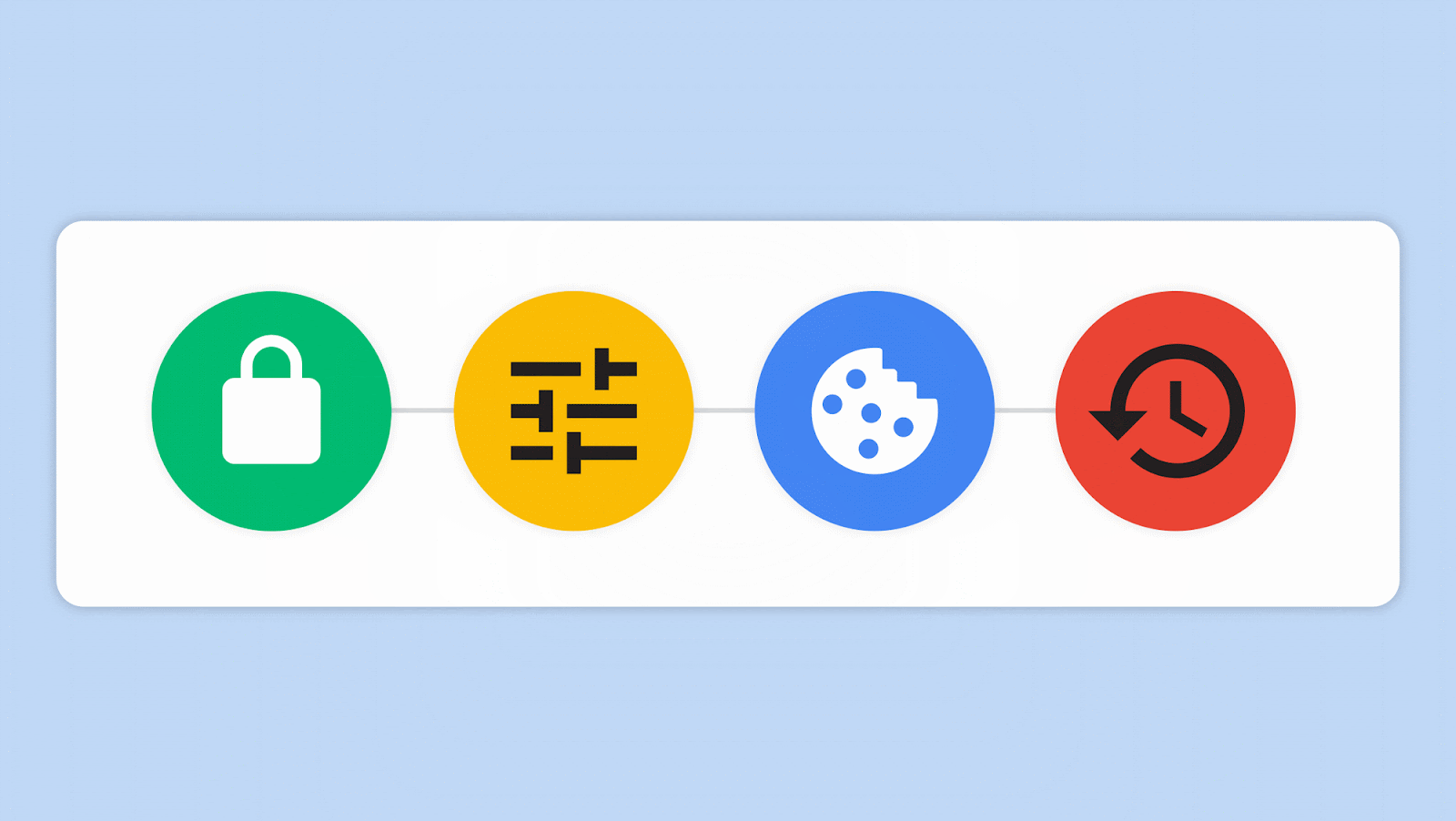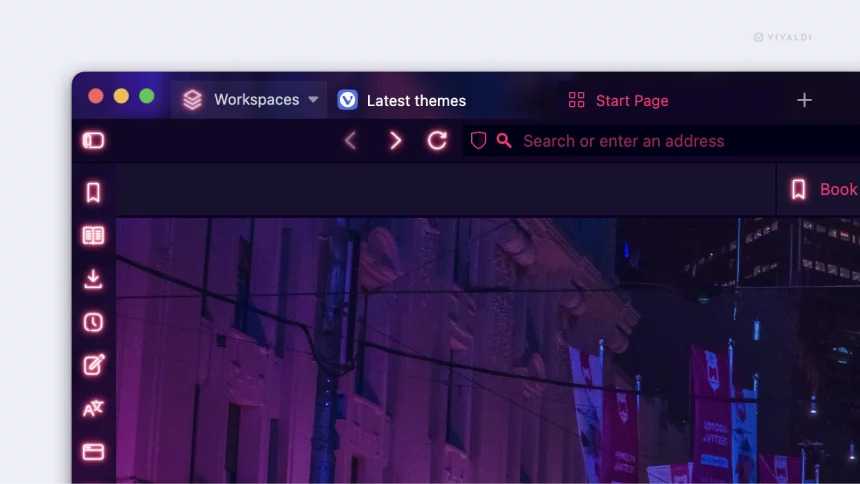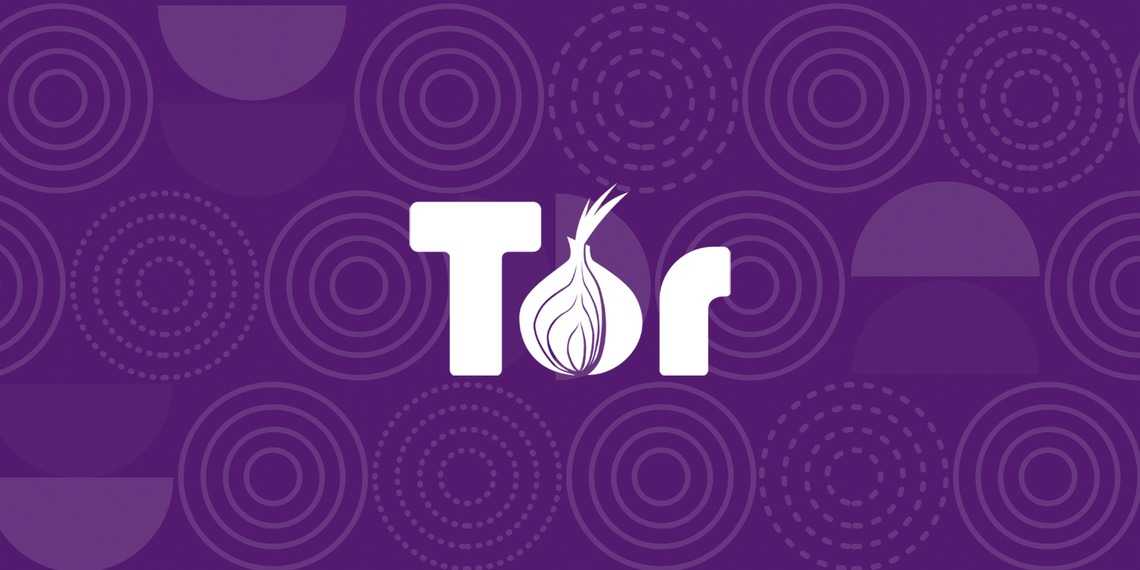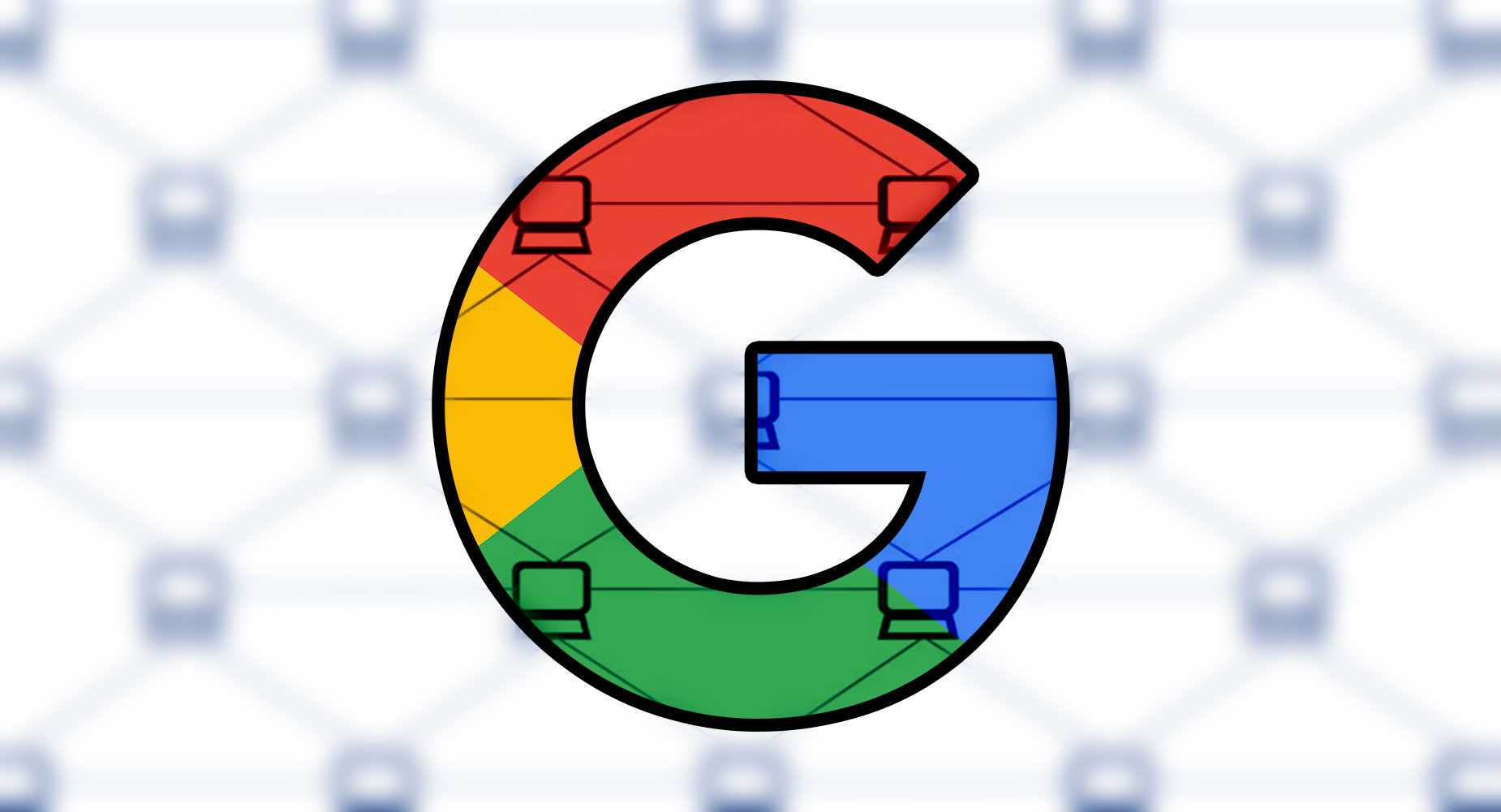Google Chrome dominates the web browser market. It is the default gateway for many users to the Internet.
That engine relies on the speed of the Chromium engine and close integration with Google services.
However, that dominance has led to laziness. Chrome faces less pressure to innovate than smaller rivals.
Edge, Vivaldi, Opera, and Brave fixpain points that Chrome users accept.
There is a paradox. Many of Chrome's rivals use the same open source Chromium project that Google maintains.
With a shared engine, rendering and stability are similar. The differences come from features and product philosophy.
These browsers show what is possible with Google's technology, which makes gaps more visible.
Chrome still lacks a native vertical tab option

The biggest win in tab management is shifting from a horizontal strip to a vertical list, which solves the problem of tab overflow. Widescreen monitors have plenty of horizontal space and less vertical room.
Moving tabs to the side frees vertical space for content and uses margins that often remain empty. Browsers like Microsoft Edge and Vivaldi come with native vertical tabs.
This design choice improves readability because full-page titles remain visible even with many open tabs. You can scan and pick pages without relying on tiny favicons.
A scrollable list also makes managing dozens or even hundreds of tabs easier. Edge offers a version that can keep the pane open or collapse into favicons that expand on hover.
At the same time, Vivaldi adds customization, such as placing the bar on either side. On the other hand, Chrome still lacks native vertical tabs, forcing users to rely on extensions like Side Space.
While these add-ons replicate the feature, they come with performance trade-offs. Chrome trails competitors with this feature built into the software.
Chrome needs true workspace support

Chrome's Tab Groupsallow you to color-code and collapse related tabs, but they still live inside one crowded window. Opera and Vivaldi go further with Workspaces.
A Workspace is like a separate room in the browser, with its name and icon in the sidebar for different contexts, such as Work, Personal, Trip Planning, or a specific project.
When you switch to a Workspace, the browser shows only the tabs for that context and hides everything else. This separation removes distractions and allows true context switching.
Organizing also improves. Instead of a single strip of collapsed, color-coded groups, each context remains discrete and manageable.
Chrome lags behind competitors in protecting user data

Privacy shows the largest gap between Chrome and its rivals. Brave and Firefox treat privacy as a core feature. Google's business, however, relies on user data for advertising.
That reality shapes product choices and leaves Chrome behind browsers that make privacy the default. Users must research and install extensions to get meaningful protection from third-party trackers.
Competitors take that weight off the user. Brave comes with protection enabled by default, blocking third-party trackers, cross-site cookies, and fingerprinting scripts from the first launch.
The address bar even shows how many items are blocked on each page. Firefox has tracking protection for all users.
The standard mode blocks social trackers, cross-site cookies, fingerprinters, and cryptomining scripts, while the strict mode provides stronger blocking.
This default-on stance mirrors a different business model that treats privacy as a feature to maximize, not a data source to monetize.
Google has motivations to do the opposite. The move toManifest V3is a clear example. It limits what blocking extensions can do.
Privacy advocates widely see this change as protecting data collection at the expense of user privacy.
Chrome's reader mode needs an upgrade

Reading articles without ads, autoplay videos, and cluttered sidebars is a common need. Many browsers offer a reader mode, but the quality varies widely.
Apple's Safari has long been considered the gold standard for this feature.
Its Reader Mode is masterful at parsing an article and turning it into a clean, beautiful, and immersive reading view resembling a digital book page.
Chrome alsoincludes a reading mode, but it opens in a narrow sidebar beside the original page, so clutter remains in view. The feature works, yet the experience is cramped and far less immersive than Safari's.
Chrome's UI is less customizable compared to browsers like Vivaldi

Vivaldi positions itself as the browser for customization and backs it up. Almost every UI element can be moved, modified, or removed.
You can control the navigation toolbar, status bar, and side panel, adding, removing, or rearranging buttons to fit your layout.
You can create and share themes that shape the browser's look, place the tab bar on the top, bottom, left, or right, and set small behaviors such as opening Settings in a new window or tab.
This freedom is Vivaldi's signature. It speaks to those who want control — power users, developers, or anyone tired of Chrome's fixed setup.
In Vivaldi, the browser adapts to you. In Chrome, you adapt to the browser.
Chrome's Incognito mode needs a Tor integration

Brave includes Private Window with Tor, which offers stronger anonymity than mainstream browsers.
This feature directly integrates theTor (The Onion Router)anonymity network into the browser.
When you open a Tor window, traffic in that window is encrypted and routed through a chain of three volunteer relays worldwide.
This masks your IP address from the websites you visit and hides your activity from your Internet Service Provider (ISP).
Chrome's IncognitoWorks differently. Many assume it provides anonymity, but it does not. It only prevents local storage of history, cookies, and form data.
It does not hide your IP address or prevent your ISP, employer, or websites from viewing and logging your activity.
By building Tor, Brave makes anonymity as simple as opening a new window, lowering the barrier for anyone concerned about surveillance.
Web3 support could shape the next browser leader, and Chrome is behind

Opera is a gateway to the decentralized web, coming with a built-in cryptocurrency wallet and nativeIPFS support.
IPFS is a peer-to-peer protocol that makes the web less centralized by fetching content from other users instead of single servers.
Chrome offers no nativeWeb3 support, so users must rely on third-party extensions like MetaMask.
It is more than serving a niche. It is a strategic bet on where the web may be heading.Web 2.0is centralized, and Chrome is its leader right now.
Web3 aims for a decentralized architecture built on blockchains. Opera aims to become the default browser for that world before Chrome does.
The play carries risk if Web3 stalls, but if it grows, Opera gains a first-mover advantage and becomes the default choice for the decentralized web.
Chrome must learn from its rivals to stay ahead
Google Chrome remains one of theBest Android Browsers, yet a look at the competition shows relative stagnation.
The features highlighted here are proven and have already improved daily browsing for millions.
This is not a call to abandon Chrome. Its stability and ecosystem remain strong. It is a call to raise the bar.
Competitors have mapped a path to a faster, more capable, and more respectful Chrome.
The question is whether the market leader will adopt them and deliver the modern browser its users deserve.